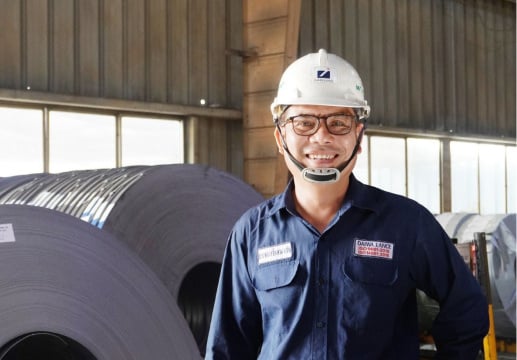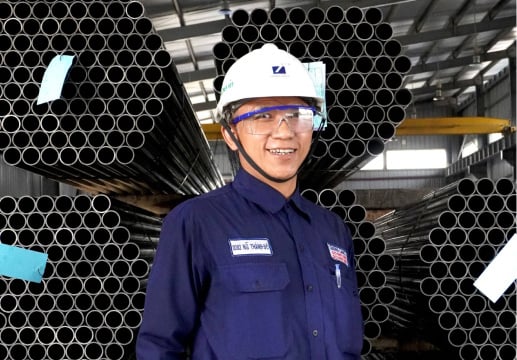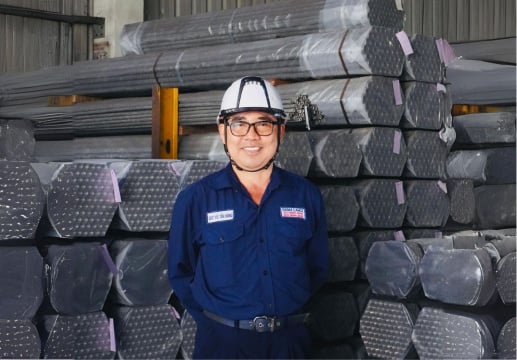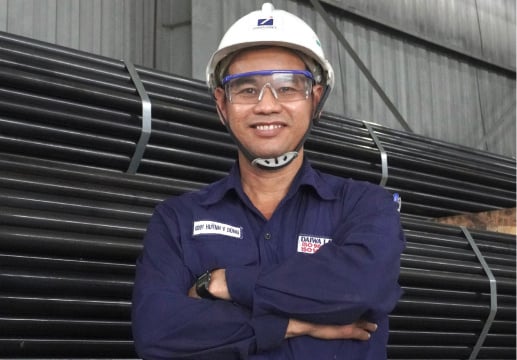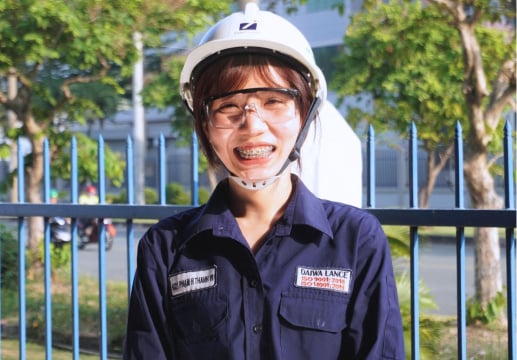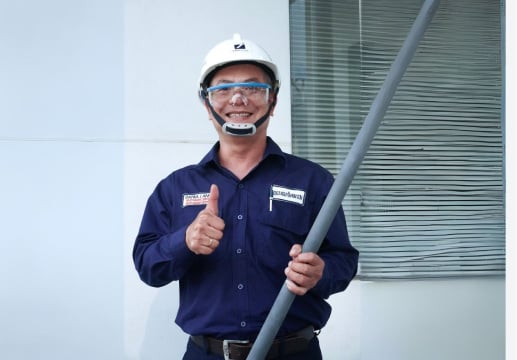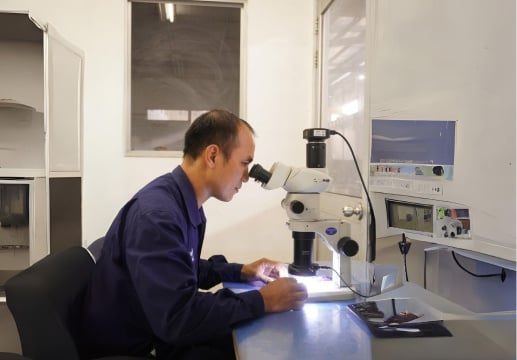Parallel Thread
Parallel threads, also known as straight threads, maintain a consistent diameter along their entire length. Unlike taper threads, which have a gradually changing diameter, parallel threads provide uniformity and precision, making them ideal for applications where a tight seal is not the primary requirement but where alignment and stability are critical.

Key Characteristics of Parallel Threads
- Uniform Diameter: The diameter remains constant from one end of the thread to the other, ensuring even distribution of force along the thread.
- Thread Profile: Similar to taper threads, the thread profile can be V-shaped or trapezoidal, depending on the specific application requirements.
- Thread Direction: Parallel threads can be right-hand or left-hand, with the right-hand threads being more common and tightening when turned clockwise.
Important Considerations When Using Parallel Threads
- Sealing Components: Since parallel threads do not provide a natural seal, appropriate sealing elements like washers, O-rings, or thread sealants must be used.
- Thread Compatibility: Ensure the male and female threads are compatible in terms of size and profile to avoid issues during assembly.
- Torque Application: Over-tightening can damage the threads or the sealing components. Follow recommended torque specifications for optimal performance.

